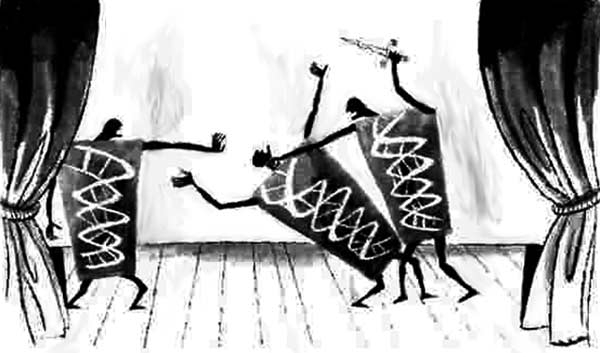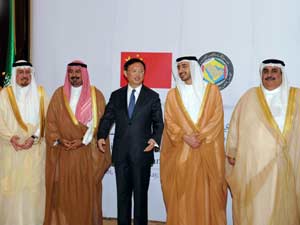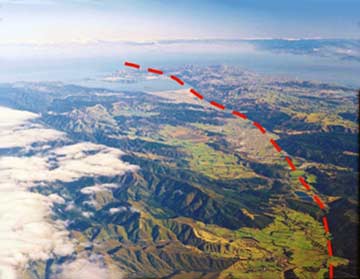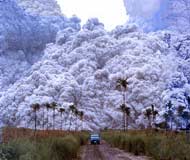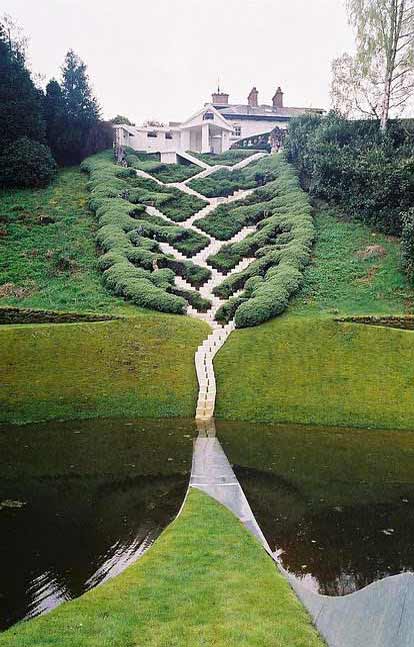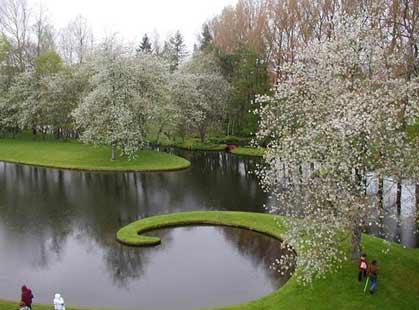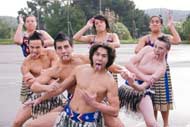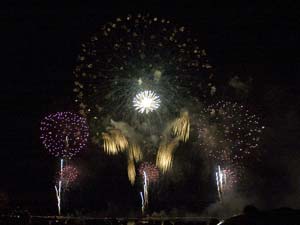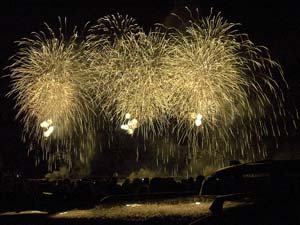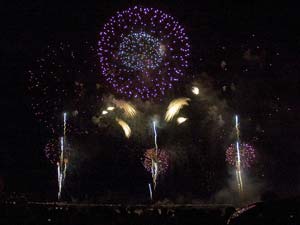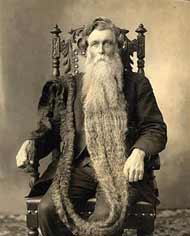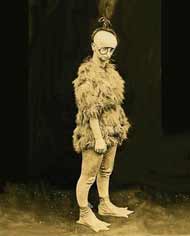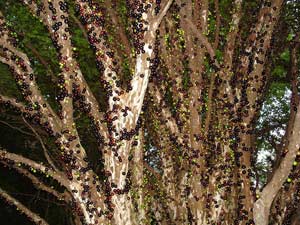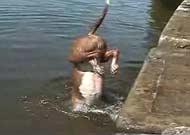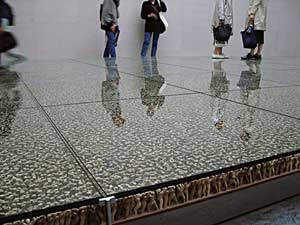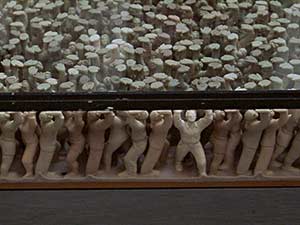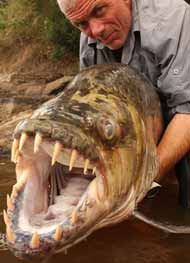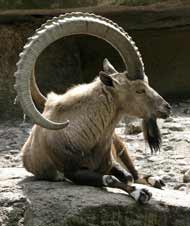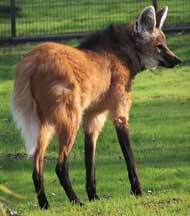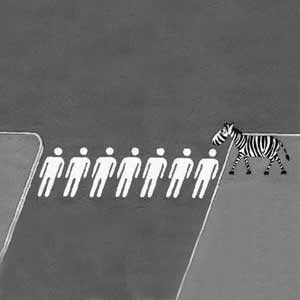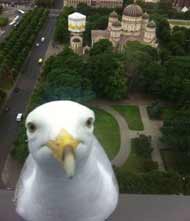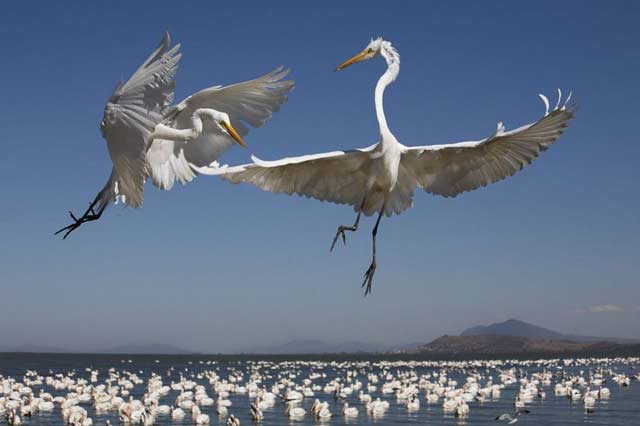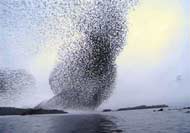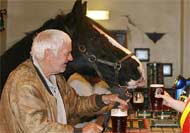China’s government in recent years has struggled to:
- Contain social strife and environmental damage related to the economy’s rapid transformation
- Collect public receipts due from provinces, businesses, and individuals
- Reduce corruption and other economic crimes
- Sustain adequate job growth for tens of millions of workers who are
- laid off
- migrants
- new entrants to the work force
- Keep afloat large state-owned enterprises, most of which haven’t shared in the vigourous economic expansion and thus haven’t the ability to pay full wages and pensions
- Keep the environment from deteriorating so fast (notably air and water pollution, soil erosion, growing desertification and the steady fall of the water table, especially in the north)
- Prevent loss of arable land through erosion and infrastructure development.
There is large-scale underemployment in both urban and rural areas, and fear of the disruptive effects of major, explicit unemployment is strong. Though China’s economy has expanded rapidly, its regulatory environment has not kept pace. The growth of new businesses has outpaced the government’s ability to regulate them, creating a situation where, faced with mounting competition and poor oversight, businesses take drastic measures to increase profit margins, often at the expense of consumer safety.
Perhaps the biggest long-term foreign policy issue facing the United States is the status of its relations with the People’s Republic of China. Over the past 10 years, China has developed into a mature military power, developing advanced technology such as ballistic missile submarines, the J-20 stealth fighter, and the DF-31 Anti-Ship Ballistic Missile. Trade with China has quadrupled since 2001, as the
PRC has become the US’ second-most important trading partner after Canada. China also holds 36% of all foreign-owned US Treasury bonds. Put simply, the political and economic relationship with China is absolutely critical for American future prosperity and well-being. In his well-publicised speech at the Citadel on 7 October, candidate Mitt Romney warned of a grim future: “China has made it clear that it intends to be a military and economic superpower. Will her rulers lead their people to a new era of freedom and prosperity or will they go down a darker path, intimidating neighbours, brushing aside an inferior American Navy in the Pacific, and building a global alliance of authoritarian states?” Romney proposed to expand US naval shipbuilding from 9 to 15 ships. Given his comment about “an inferior American Navy,” these ships would likely be destined for service in the western Pacific. In an 18 October debate, he suggested that the US forego global humanitarian aid, instead relying on China to assist other countries directly. The impact of such a policy could be an expansion of China’s global influence at Us expense. These statements probably represent an effort to appeal to a Republican primary constituency hostile to foreign aid. But good advice? Maybe not.
Iran and Saudi Arabia increasingly share a growing economic market and great power ally in China. China’s gradual realignment from squarely backing Iran to courting Saudi Arabia in recent years heralds a geostrategic shift in Chinese foreign policy and marks the stirrings of a Chinese “twin-pillar” policy in the Gulf. The US shouldn’t necessarily view this shift as a threat to its strategic national interests there. Rather, Chinese engagement with these two regional poles of influence could prove beneficial for the US as it begins rethinking its regional strategy, seeking ways to maintain stability without a large military presence. China must secure energy resources for its expanding economy. Due to the extraordinary growth of its industrial, petrochemical, and manufacturing sectors, as well as the rapid expansion of personal automobile use, China is currently the world’s second largest consumer of oil (several economists predict it will be the primary consumer by 2025). Despite aggressive pursuit of supply diversity, as much as 70-80% of China’s future oil imports will come from the Middle East and North Africa. To meet growing demand, over the past 10 years China has actively courted Iran through a variety of economic and political inducements as a key player in ensuring a stable energy flow. This partnership underlines the informal alliance structure in the Gulf which places China as Iran’s ally and puts US-backed Saudi Arabia in a separate corner. China’s emerging twin-pillar policy has the potential to not only reshape regional alignments but to provide energy dominance and regional stability in the coming decades. [An optimistic “we shall all have a beautiful future together” scenario?]
 Animals
Animals Animation
Animation Art of Playing Cards
Art of Playing Cards Drugs
Drugs Education
Education Environment
Environment Flying
Flying History
History Humour
Humour Immigration
Immigration Info/Tech
Info/Tech Intellectual/Entertaining
Intellectual/Entertaining Lifestyles
Lifestyles Men
Men Money/Politics/Law
Money/Politics/Law New Jersey
New Jersey Odds and Oddities
Odds and Oddities Older & Under
Older & Under Photography
Photography Prisons
Prisons Relationships
Relationships Science
Science Social/Cultural
Social/Cultural Terrorism
Terrorism Wellington
Wellington Working
Working Zero Return Investment
Zero Return Investment









